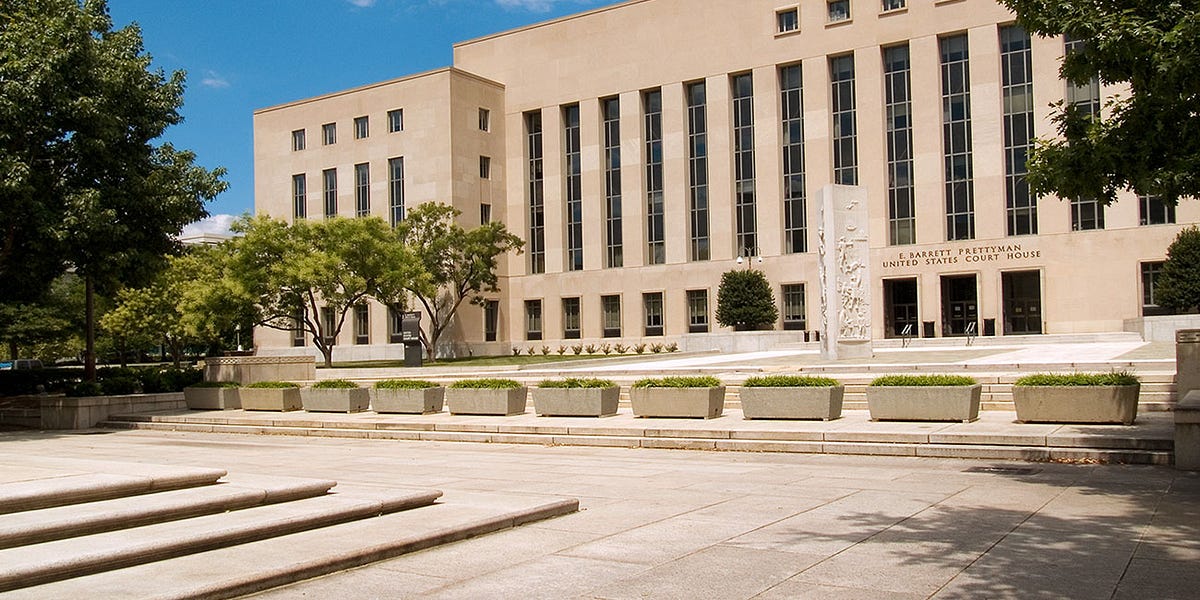Edgetho
Diamond Member
- Mar 27, 2012
- 18,999
- 11,194
- 1,255
You're showing us your Public School edumucashun now. The ONLY people who say the Judiciary is co-eqaual is -- The Judiciary.I really find it amazing that there are people like you who missed the whole point of 1776 and the ratification of the constitution in 1788. Let’s walk you through this, because what you’ve laid out isn’t just wrong, where 'just wrong' is a monumental understatement--it’s the kind of thinking that paves the road to authoritarianism.
First off, you claim the Judicial Branch isn’t co-equal. But that’s not up for debate--it’s Constitutional Law 101. Where in gawd's earth do you get such nonsense? The Constitution creates three branches--Legislative, Executive, and Judicial--with equal standing. The founders did this on purpose. Why? Because they feared exactly the kind of strongman presidency you seem to think is just fine. Hamilton made it crystal clear in Federalist 78: the judiciary exists specifically to act as a check on executive overreach.
You complain that judges are unelected--as if that disqualifies them. But that’s the point. Judges aren’t supposed to be politicians. They’re not supposed to pander to voters or bend to mob rule. Their job is to interpret the law independently, even when that means stopping the President of the United States. That’s not arrogance. That’s how the rule of law works in a constitutional republic.
You seem bothered by the idea that one judge can “stymie” a president elected by millions. But here’s the deal: the presidency is powerful--not absolute. We don’t live in a monarchy, and being elected doesn’t give a president the right to break the law. If it did, you wouldn’t have a democracy. You’d have a dictatorship with elections. They have that in Russia.
And now we get to the real heart of your argument--the threat. “The judiciary is picking a fight it can’t win.” “We’ll put their arrogant asses on the curb. Or worse.” That’s not patriotism. That’s fascism 101--threatening an independent judiciary with violence or removal because it dares to check the president’s power. You’re not defending liberty. You’re advocating the destruction of the one institution standing between this country and autocratic collapse.
You mock the idea of judicial review, but you’ve ignored every historical example, every political theory, and every warning sign. You don’t have a counterargument--you have a grievance, wrapped in populist rage and aimed straight at the Constitution.
Let me break it down plainly: If you think the president should be immune from judicial checks, you don’t believe in American democracy. You believe in a Caesar. And if you want to throw judges “on the curb” because they won’t bow to your guy, then you’re not the patriot in this conversation. You’re the threat.
The Constitution doesn't say it. Anywhere
The three branches may be equal in status only but not where it counts -- In power.
Here, read something other than the latest Marvel Comic Book for a change --
Project MUSE - The Myth of Coequal Branches
The idea that the three branches of U.S. government are equal in power is taught in classrooms, proclaimed by politicians, and referenced in the media. But, as David Siemers shows, that idea is a myth, neither intended by the Founders nor true in practice. Siemers explains how adherence to this myth normalizes a politics of gridlock, in which the action of any branch can be checked by the reaction of any other. The Founders, however, envisioned a separation of functions rather than a separation of powers.
Our Black-Robed activists are about to learn this simple fact the hard way. They have no power over Congress and, especially, over the Executive Branch. It's all bluster. Bluff.
If The Founders had intended for them to have the power you were taught they have by your Grade School Teacher, they woud have been given an enforcement arm. Instead, they have to ask the Executive Branch, nicely, to enforce their silly-assed decisions.
And the Executive is getting tired of their bullshit.
The Judiciary has overstepped its authority. Bigly. And if SCOTUS doesn't jerk their leash back, hard, the entire Judiciary, and our Republic, will suffer.
There is no way our Founders expected any one of 677 District Court assholes to have the power to block POTUS. No fucking way. That should be obvious even to someone as narcissistic as you



